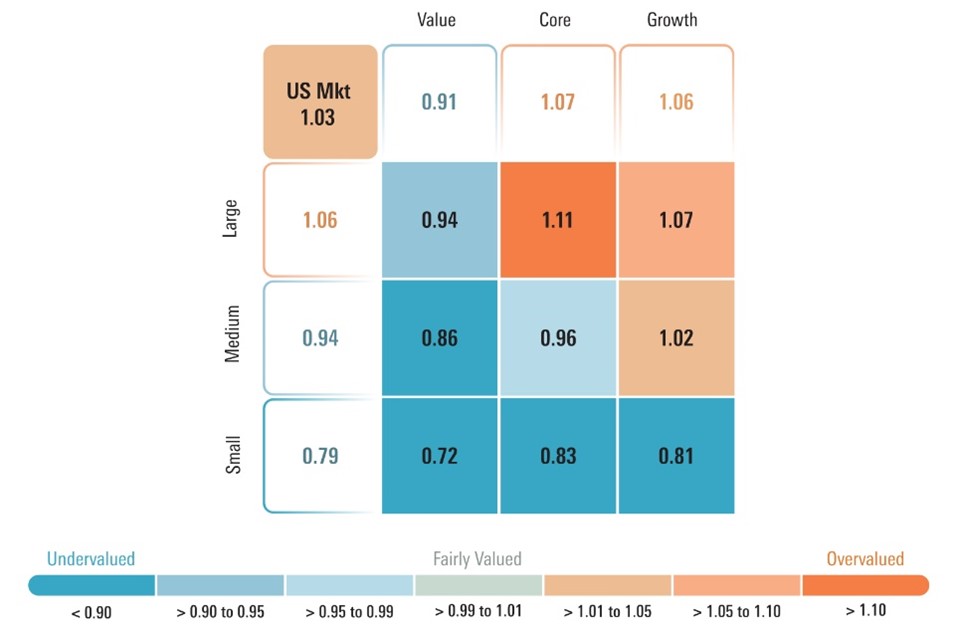AI platform for stock-predicting and analyzing stocks offer numerous options for customization, which allow users to modify their platform to meet their specific trading objectives in terms of risk-taking, as well as market condition. A platform with a variety of options for customization will improve your trading. Here are the top ten tips for assessing the capabilities to customize strategies on these platforms:
1. Evaluate Pre-Built Strategy Templates
Variety of templates: Check whether the platform provides various pre-designed strategies to suit different styles of trading (e.g., day trading, swing trading, long-term investing).
Ease of use: Assess how easy it is to use and modify these templates to meet your needs.
Performance history: Confirm that the platform is able to provide historical data about performance for already-built strategic plans.
2. Assess the Custom Strategy Development
Drag-and-drop software: Search for platforms that provide intuitive drag-and-drop interfaces for creating custom strategies.
Explore the coding options available on the platform. Advanced users might want to develop custom scripting languages (e.g. Python or R).
Flexibility: You need to be able define the criteria for entry and exit as well as risk management parameters, and other components that are key to your plan.
3. Check for Backtesting Capabilities
Historical data. Check if the platform can provide sufficient historical data in order to test your strategy back.
Flexible settings: Ensure to have the ability to change parameters during backtesting.
Performance metrics: Make sure the platform provides detailed metrics of performance (e.g. Win rate Sharpe Ratio, Drawdown) when backtesting strategies.
4. Evaluate Real-Time Strategy Testing
Paper trading: Test strategies in real-time with simulation or paper trading.
Live testing: Find out if you are able to test your strategies on real markets using small amounts capital.
Real-time adjustments: Verify whether you are able to tweak strategies in real-time, based on market conditions.
5. Assessment of Integration based on technical Indicators
Indicator library: Check if a platform provides an extensive collection of indicators that are technical, including moving averages (e.g. RSI), MACD or RSI.
Custom indicators: Ensure you can import or create custom indicators to match your plans.
Combination of indicators: Check to see if the platform allows combining multiple indicators to support more complex strategies.
6. Check for Risk Management Tools
Stop-loss/take-profit: Ensure the platform allows you to set stop-loss and take-profit levels within your strategies.
Position sizing: Find out if you are able to define rules for position sizing (e.g. fixed amount or percentage of the portfolio) to help manage risk.
Risk-reward ratio: Verify whether the platform can set risk-reward ratios on individual trades or strategies.
7. Evaluate Multi-Asset Strategy Support
Asset classes: Make sure that the platform can help strategies across multiple asset categories (e.g. stocks, ETFs or options or forex).
Cross-asset strategies : You can try to create strategies involving various asset types (e.g. pair trading or hedges).
Market coverage: Ensure that the platform you are interested in is covered by the markets you are interested in (e.g. US or international copyright, for instance).
8. Assess the Automation and Execution
Automated trading: Make sure the platform allows automated execution of strategies using predefined rules.
Types of orders: Ensure that the platform can execute different types of orders including stop, limit and market.
Check for latency: Make sure that the platform allows for trades to be executed at the least amount of latency. This is crucial in the context of high-frequency strategies.
9. Make sure you are using tools to optimize your strategy.
Optimization of parameters: Ensure that the platform provides tools for optimizing strategy parameters (e.g. grid search and genetic algorithm).
Integration of machine learning: Find out whether the platform is integrated with machine learning to refine and optimize strategies.
Assessment of scenarios: Determine if your platform is able of testing various strategies to deal with different market conditions, including bearish, bullish or volatile.
Read the User Feedback and Community Feedback
User feedback: Conduct user research to evaluate the effectiveness of the platform for creating a custom strategies.
Community forums: See whether the platform hosts an active community where users are able to discuss and discuss customized strategies.
Support resources for users - Make sure that the platform has tutorials and documentation to help users create and optimize strategies.
Bonus Tips
Trial period: Take advantage of a free trial or demo to test the platform's strategy and customization capabilities.
Scalability: The platform must be able to accommodate ever more complicated trading strategies as you develop.
Customer Support: Verify that the platform has support for any strategy-related concerns or questions.
Use these guidelines to evaluate the AI platforms' stock prediction and analysis ability to customize strategies. When you do this, you will ensure that you select a platform that is compatible with your objectives for trading and enables you to develop and improve your individual strategies. A platform offering strong customization options allows you to adapt to the changing market conditions and enhance your results. See the best investing ai info for website info including options ai, investing ai, best AI stock, trading with ai, options ai, AI stock trading bot free, best ai for trading, ai trading, using ai to trade stocks, ai investment app and more.

Top 10 Tips To Assess The Scalability Ai Platform For Predicting/Analyzing Trade Platforms
In order to ensure that AI-driven prediction and trading platforms are able to handle the growing amount of data, user demands, and market complexity, it is vital to determine their scalability. These are the top 10 tips to assess scalability:
1. Evaluate Data Handling Capacity
Tips: Determine whether the platform has the ability to analyze and process large datasets.
Why: Scalable platform must be capable of handling the ever-growing volumes of data with no degradation in performance.
2. Test the capabilities of a Real-Time Processor
Tip: Check the capability of the platform to process real-time information streams, such live stock prices, or breaking stories.
Why the trading decision is made in real-time, and delays can lead traders to miss out on opportunities.
3. Check Cloud Infrastructure and Elasticity
Tips: Make sure that your platform is cloud-based (e.g. AWS, Google Cloud or Azure) and has the ability to scale resources dynamically.
Why: Cloud platforms are flexible, and they can be scalable up or down according to demand.
4. Algorithm Efficiency
Tip 1: Analyze the computational efficiency of the AI models that are being utilized (e.g. reinforcement learning deep learning).
Why? Complex algorithms are resource-intensive. Making them more efficient to make them scalable is important.
5. Examine Parallel and Distributed Computing
Make sure the platform is using parallel computing or distributed computing frameworks.
Why: These technologies enable faster data processing and analysis across a variety of nodes.
6. Review API Integration and Interoperability
Test the platform’s integration capabilities by using APIs from outside.
What's the reason? Seamless integration with platforms allows it to adapt to new data sources or trading environments.
7. Analyze User Load Handling
Utilize a high-traffic simulator to check the response of the platform under pressure.
Why: Scalable platforms should provide the same performance regardless of how many users are there.
8. Review the model of Retraining and its Adaptability
Tip: Assess how frequently and efficiently AI models are being retrained using new data.
The reason is that models must continuously change to keep up with the ever-changing market to ensure that they remain precise.
9. Check Fault Tolerance (Fault Tolerance) and Redundancy
Tip. Check that your platform has failover mechanisms and redundancy to handle hardware or software problems.
The reason: Downtime is expensive for traders, and the ability to tolerate faults is crucial to allow for the ability to scale.
10. Monitor Cost Efficiency
Tips: Calculate the cost of the expansion of your platform. Incorporate cloud resources, data storage and computational power.
The reason: Scalability shouldn't come at an unsustainable cost which is why balancing performance with expense is critical.
Bonus tip: Future-proofing
Platforms should be designed to integrate emerging technologies like quantum computing as well as advanced NLP. They must also be able to adapt to changes in regulation.
By focusing your focus on these aspects, you can accurately assess the capacity of AI prediction and trading platforms. This will ensure that they will be robust and effective, as well as ready for further growth. Check out the top over here about chart analysis ai for blog info including AI stock investing, ai share trading, best ai for stock trading, AI stock predictions, ai share trading, chart ai trading, AI stock predictions, chart analysis ai, AI stock predictions, best ai penny stocks and more.
